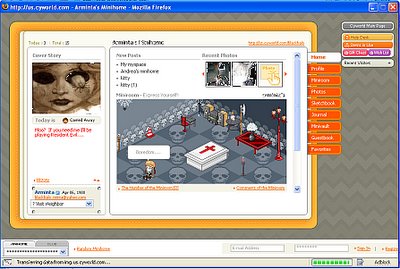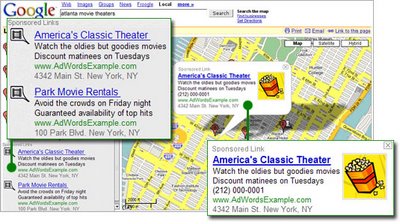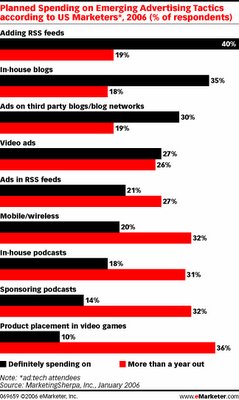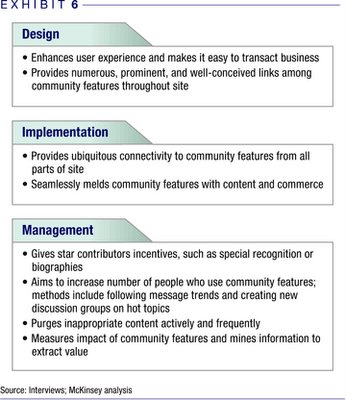1.5Mbps the Same as 6Mbps
 This quote from Arstechnica from Randall Stephenson, COO of AT&T, spawned a discussion on Slashdot.
This quote from Arstechnica from Randall Stephenson, COO of AT&T, spawned a discussion on Slashdot.""In the foreseeable future, having a 15 Mbps Internet capability is irrelevant because the backbone doesn't transport at those speeds," he told the conference attendees. Stephenson said that AT&T's field tests have shown "no discernable difference" between AT&T's 1.5 Mbps service and Comcast's 6 Mbps because the problem is not in the last mile but in the backbone.
Go here for the Slashdot thread.
I can promise you there is a difference. I recently moved into a new condo development that touted "bundled services" with "highspeed" interent access. Its a bundle of data, voice, video and security. The billing goes through the HOA.
First, I don't care about security in this situation. I will not be getting a voice solution from a POTS providers. I don't really care about TV.
So what I would do if left to my own devises is get the new 8Mbps data plan from Comcast with the basic digital TV package: one company, one tech support, one bill.
From the Comcast site:
"Or, for $10 more per month (I think that works out to be about $67 per month), you can enjoy the connection of 8Mbps/768Kbps. It's so unbelievably fast, you'll wonder how you ever surfed the Web without it."
Since I can't do that I started asking around about the service. Eventhough its a bundled package you have to deal with each company individually as well and the aggregator companies. The data rate is suppose to be 3Mbps.
Here's what it looks like:
- Data: Fusion Broadband

- Video: Fusion Broadband (via Dish TV)
- Voice: FND Communities
- Security: ADT
- Onsight Coordination: MDU Systems Contractors
- Lead Vendor: Capitol Infrastructure
I said, "Wow, that's kind of slow. Comcast is offering a new plan that gives you 8Mbps down."
She said, "But web pages don't download that fast."
Labels: ATT, Online Communities, TV
































MacDork (560499)